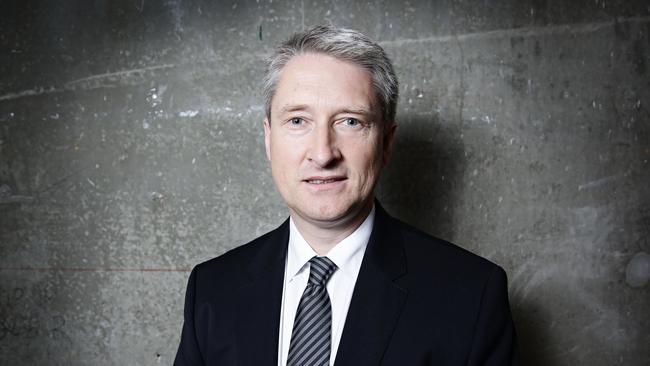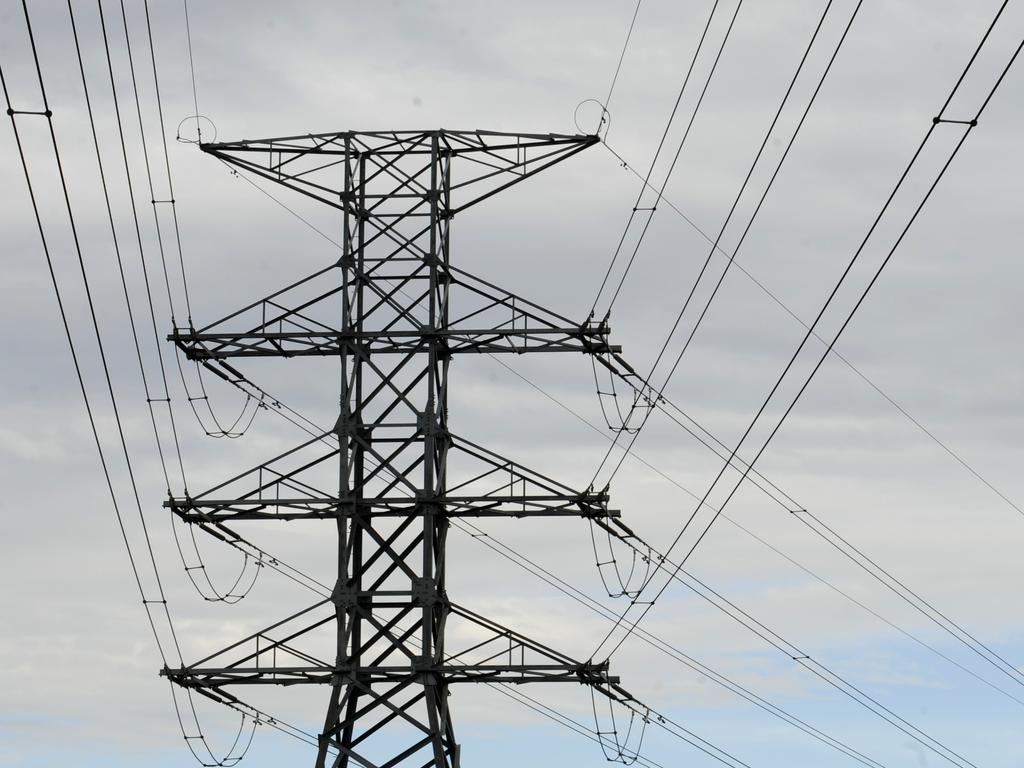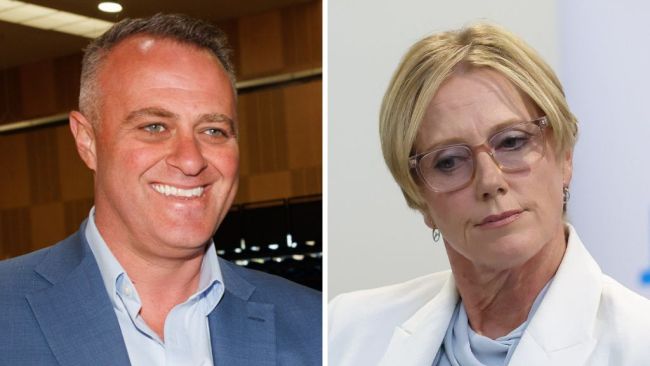Factories first in Scott Morrison’s industry revival
Five new manufacturing tsars have been asked to steer an industry-led reboot of the sector.

Five new manufacturing tsars have been asked to steer an industry-led reboot of the sector and prioritising investment under Scott Morrison’s $1.5bn modern manufacturing strategy.
Dulux Group chief executive Patrick Houlihan and Woodside Energy’s Lauren Stafford have been appointed to the Industry Innovation and Science Australia board, which will oversee industry roadmaps and implement the Prime Minister’s five-year manufacturing plan.
Industry Minister Karen Andrews has also added FinTech and consumer rights expert Scott Farrell, space technology entrepreneur Alex Grant and ag-tech expert Sarah Nolet to the IISA board, led by former IBM boss Andrew Stevens and Chief Scientist Alan Finkel.
Mr Houlihan, who oversees 4000 employees including 140 scientists and chemists, said Australian companies must embrace “game-changing” technology advances and retrain workers to support new manufacturing opportunities and keep the production of high-value products onshore.
With Dulux investing heavily in its local research and development capacity and manufacturing most of its products — including paints, adhesives, garage doors and fertilisers — in Australia, Mr Houlihan said a successful modern manufacturing sector must be based on a “long-run” view. “We’ve got employees who have never worked in the paint sector before, and nearly all of them had never worked in manufacturing before. We recruited them, and we self-trained them so they didn’t need to go to TAFE,” Mr Houlihan told The Australian.
“The person actually running the control panel (at the $165m Dulux paint factory in Melbourne) used to work in a warehouse before in their previous employment driving a forklift truck.
“Suddenly, the nature of work has changed to the point where some people talk about robotics … (replacing) jobs. It actually doesn’t replace jobs. It changes jobs. And this particular employee would now earn double the wage they would’ve earned before.”
Mr Houlihan, who will take over as chair of the Murdoch Children’s Research Institute in January, said there were also significant opportunities in medical science and research.
“The whole medical field is somewhere where Australia is just clearly at the leading edge,” he said.
He said that creating the “right environment for long-term investment” was crucial for manufacturing, as well as growing the broader business ecosystem supporting the sector.
Ms Andrews said bolstering the IISA with experienced industry leaders would deliver the necessary skills, expertise and connections to the business community to “reshape and reignite Australian manufacturing”.
“We are getting the economic conditions right and backing our manufacturers to become more competitive, more resilient and to scale-up — but it is industry that will chart the course of our recovery and make this strategy stick for generations to come,” Ms Andrews said. “We know it is industry, not governments, that create jobs, so it’s essential that we have people from industry in these key advisory roles.”
Ms Andrews said the IISA would play a key role in implementing the manufacturing strategy and “overseeing the development of industry-led roadmaps that will guide future investment and action”.
Ahead of the October 6 budget, Mr Morrison released the federal government’s modern manufacturing strategy, which he spruiked during last week’s post-budget tour through Queensland.
The strategy listed Australia’s six manufacturing priorities as resources technology, food and beverage, medical products, recycling and clean energy, defence and space, is anchored by a new $1.3bn modern manufacturing fund.
The government will use the investment vehicle to leverage co-investment with states, territories, industry and research institutions across three categories.








To join the conversation, please log in. Don't have an account? Register
Join the conversation, you are commenting as Logout